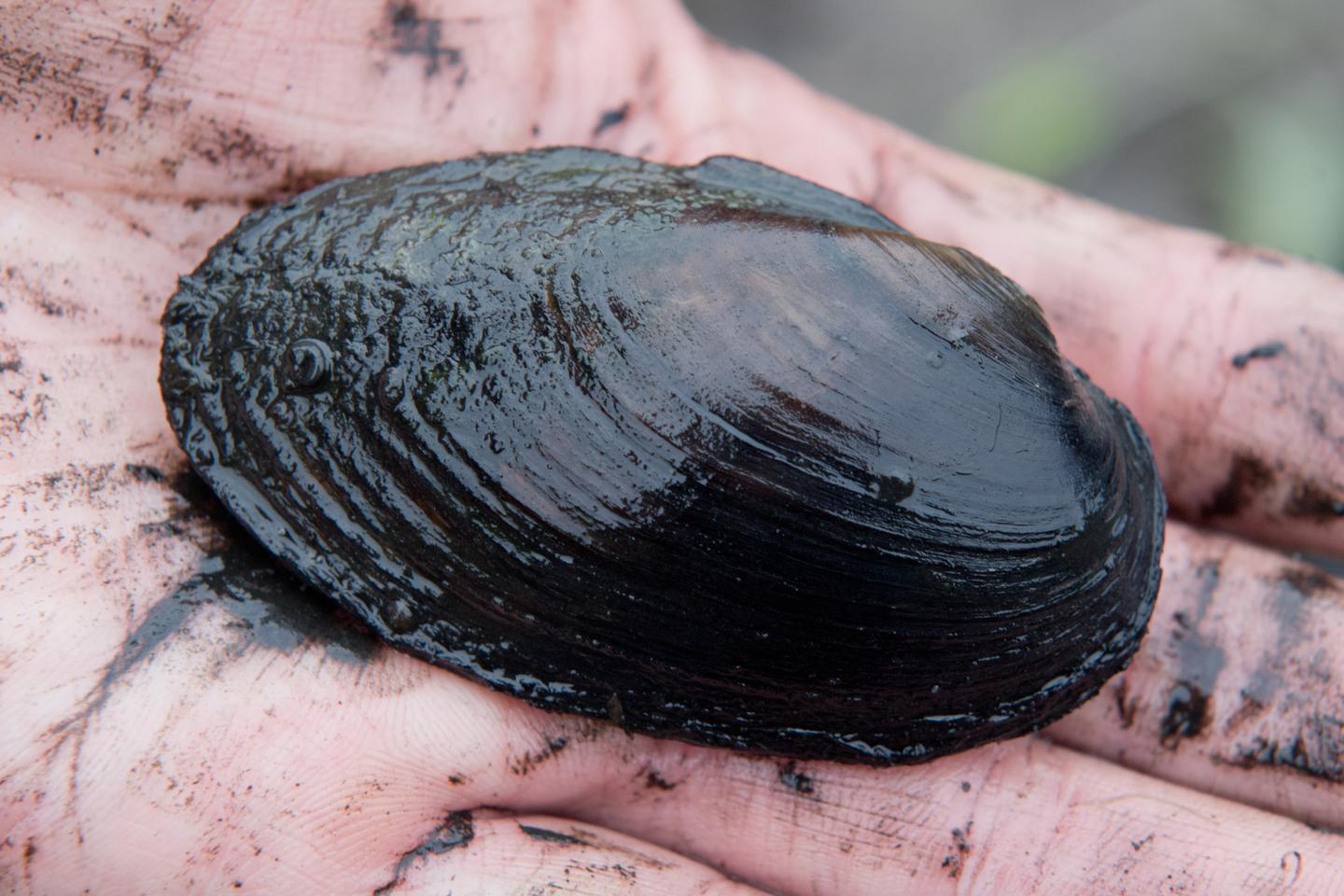


The improvement in the Seine's water quality does not only benefit the Mayor of Paris, Anne Hidalgo, who enjoyed a dip in the river in July 2024, nor the athletes of the Olympic and Paralympic Games: three species of rare and endangered mussels have just been discovered right in the heart of the capital, confirming the progress made in protecting the environment.
As part of a study on the impact of urban lighting on biodiversity carried out by the research consultant Office de Génie Écologique (OGE), Environmental DNA (eDNA) samples were collected near the Île de la Cité and Île Saint-Louis in the center of Paris during the summer of 2024. The results, announced at the end of January by the Spygen laboratory, revealed the presence of the thick-shelled river mussel, the river mussel and the compressed mussel in the river, right in the heart of the capital. Included on the International Union for Conservation of Nature's red list of endangered species, they are particularly sensitive to the effects of pollution.
The compressed river mussel has disappeared from almost all French territory, except for the northeastern quarter. "It is truly surprising to find it in an environment as anthropized as Paris," said Vincent Prié, a mollusk specialist and project director at the SPYGEN laboratory. "We thought there were only two populations left, near Troyes and in the Oise River."
The fast-growing eDNA technique consists in identifying the species present in an environment based on the traces they leave behind. In the Seine, water was sampled and filtered to recover "DNA barcodes." These were then sequenced and compared with species reference databases. In all, some 20 mussel species were identified, including five invasive species.
A halt to discharges
The compressed river mussel, 7 to 8 centimeters long, used to be found throughout France. In addition to its sensitivity to agricultural and domestic effluents (nitrates, phosphates, pesticides), its rarefaction can be explained by the loss of habitat due to the modification of watercourses. The Ptomida litoralis is also in danger of extinction. With its thick, almost square shell, it was once widespread from the Seine basin to Morocco.
You have 50.58% of this article left to read. The rest is for subscribers only.
